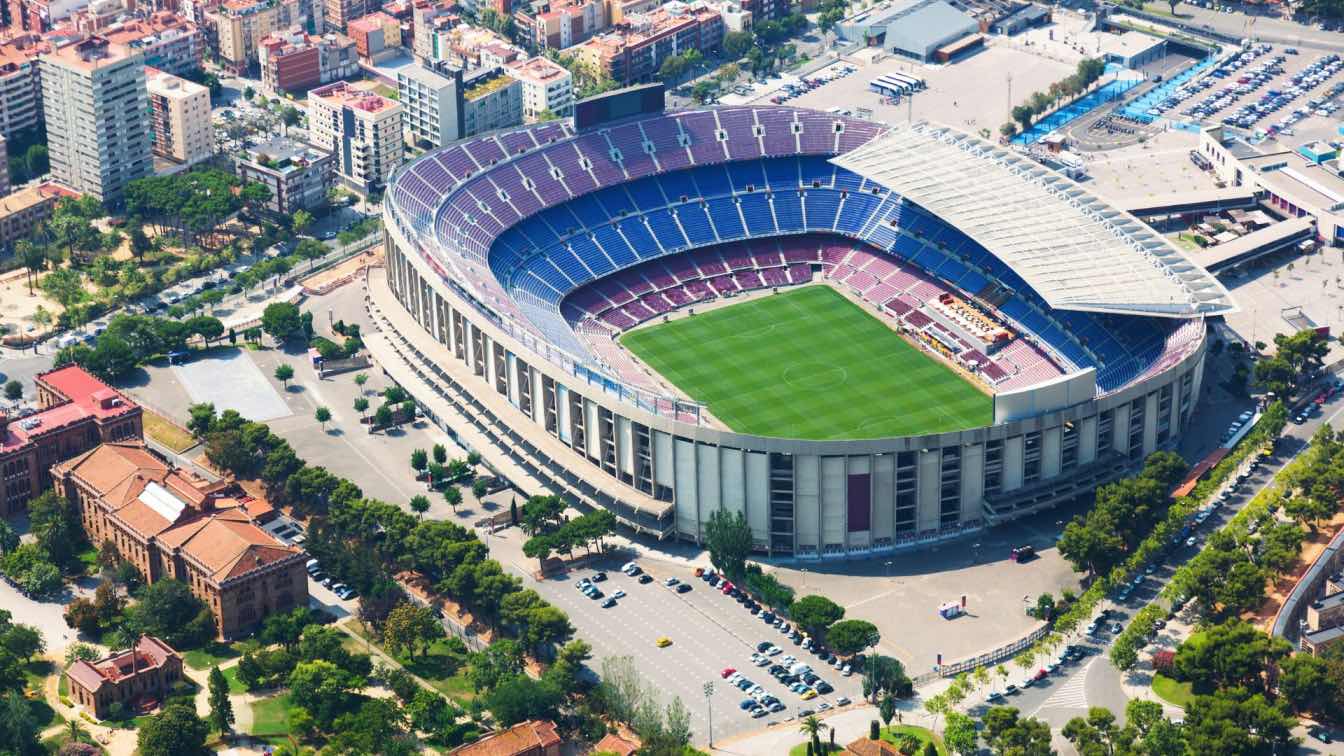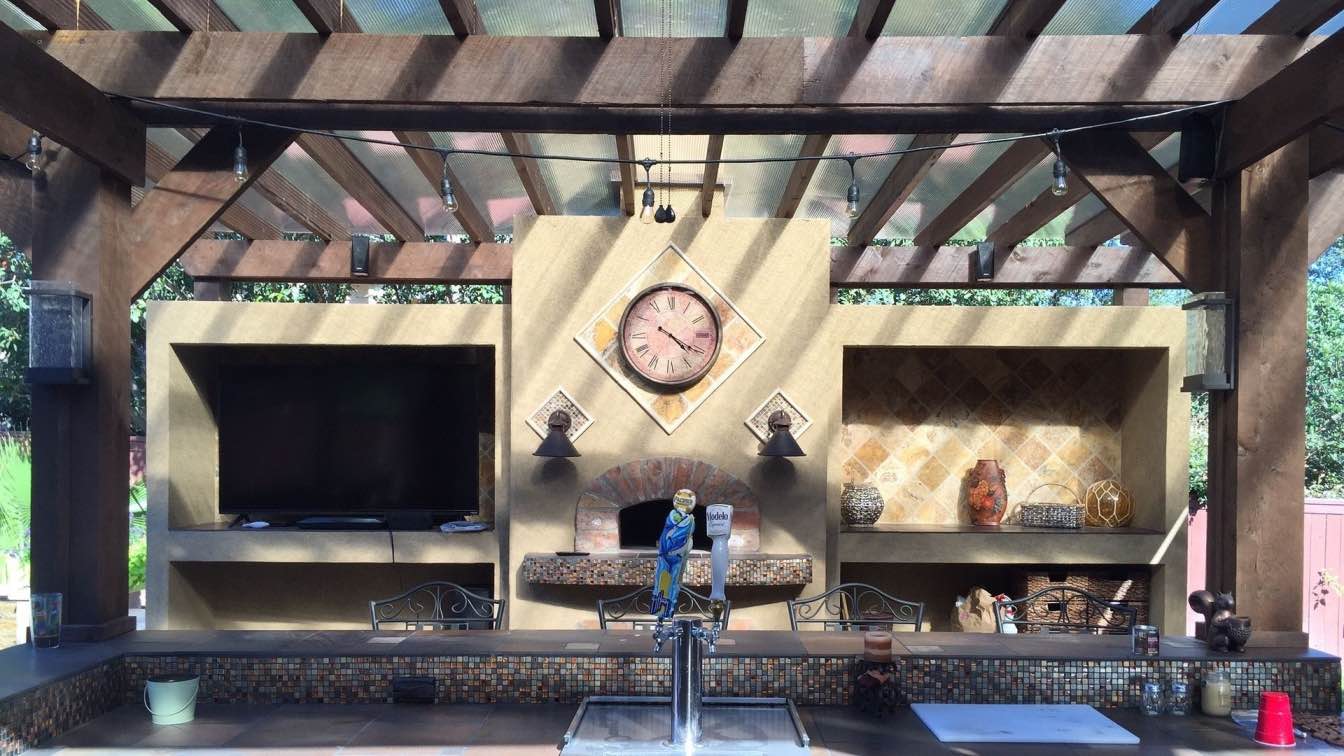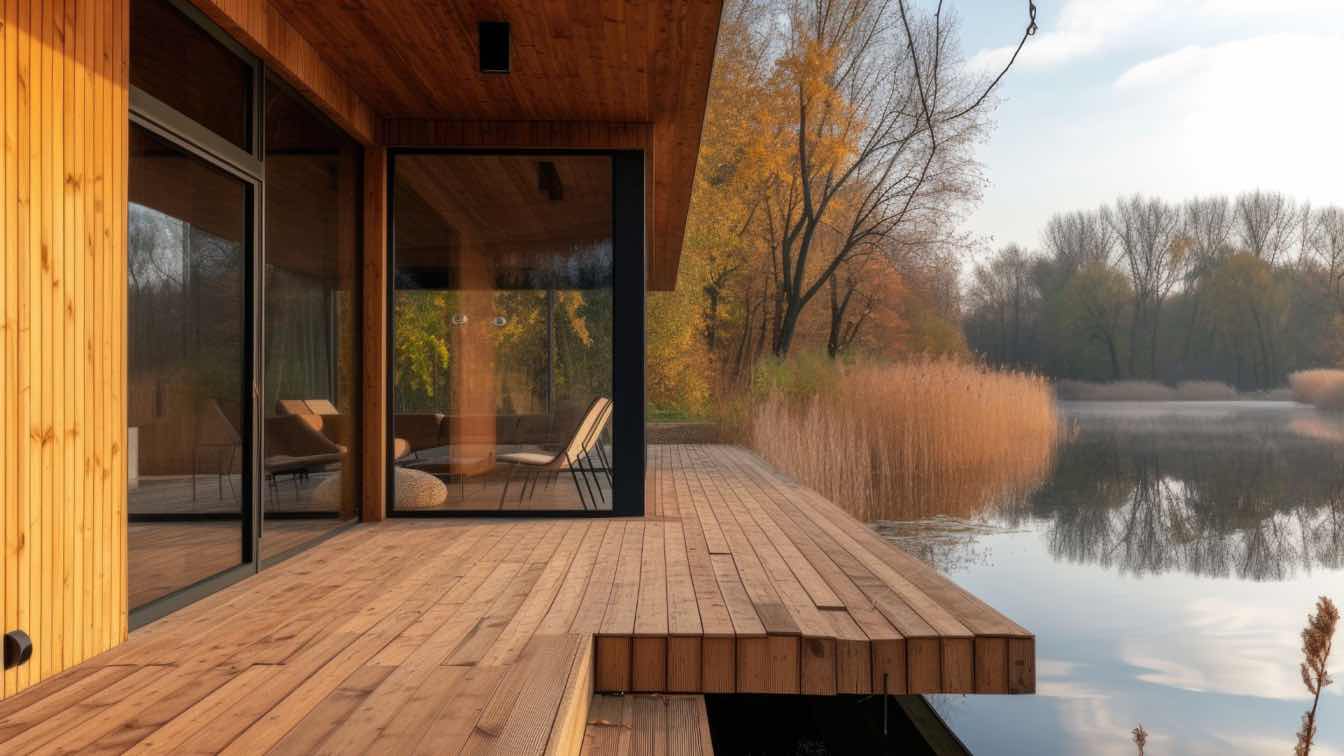Stadium architecture is more than just an aesthetic component of sports; it also plays a fundamental role in shaping the atmosphere, which can impact team performance and fan engagement. These factors, in turn, influence various aspects of sports betting, adding another layer of strategy for those looking to make informed bets. By understanding the intricacies of stadium design, bettors on platforms like Lines can gain a nuanced perspective that may enhance their betting decisions.
The Role of Acoustics and Noise Amplification
Acoustics are one of the most significant elements of stadium design that can impact betting. Stadiums like the Kansas City Chiefs' Arrowhead Stadium are known for their thunderous noise levels, which can have a tangible effect on the visiting team’s ability to communicate and execute plays. This intense atmosphere creates a stronger home-field advantage, which is important for bettors to consider. Research has shown that home-field advantage is real and significant in certain stadiums; for example, a study by MIT Sloan illustrates how acoustics can contribute to a team’s winning chances by disrupting the opposing team's rhythm.
Sightlines and Enhanced Fan Engagement
In modern stadiums, designers prioritize clear sightlines and optimized seating arrangements to ensure that fans feel intimately connected to the action on the field. This closer proximity not only enhances the fan experience but also amplifies their impact on the game. Fans who are more engaged are more likely to be vocal, which can further influence the game’s atmosphere and the outcome. Bettors who understand how a particular stadium’s layout might elevate fan engagement can better assess how this will affect team performance, especially in high-stakes games where crowd involvement is critical.
Climate Control and Retractable Roofs
Stadiums that feature climate control, such as those with retractable roofs, provide teams with a more consistent and predictable environment. This consistency can be beneficial for teams that rely on specific playing styles that might be hindered by adverse weather conditions. For example, a team with a strong passing game may perform better in a stadium with a controlled environment, where wind and rain are not factors. Understanding how these elements can impact a game allows bettors to make more strategic choices based on the controlled or open-air aspects of a stadium’s design.
Surface Type and Play Style Compatibility
The type of playing surface—whether it’s natural grass, synthetic turf, or a hybrid—can also have a substantial impact on the game. Natural grass surfaces are generally softer, which can slow down fast players slightly and may benefit teams with a strong ground game. On the other hand, synthetic turf is usually firmer, which may favor speed and agility, often resulting in higher-scoring games. Bettors should consider the compatibility of a team’s play style with the surface type, as it can affect players’ performance, injury risks, and overall game strategy.
Leveraging Architectural Insights in Betting Strategy
For bettors, understanding stadium-specific architectural factors can provide an edge when making predictions. For instance, knowing that a team has historically performed well in domed stadiums due to a preference for controlled conditions can be a valuable insight. Similarly, considering the effects of home-field advantage in stadiums known for loud, engaged crowds may help bettors anticipate a potential upset.
Stadium architecture is a powerful, often overlooked element that can significantly impact game dynamics. By considering how aspects such as acoustics, fan proximity, climate control, and surface type affect player performance and game flow, bettors can refine their strategies to make more informed decisions.





